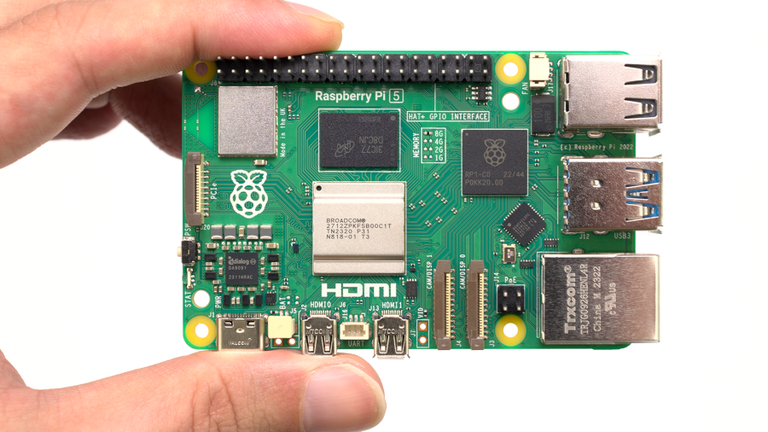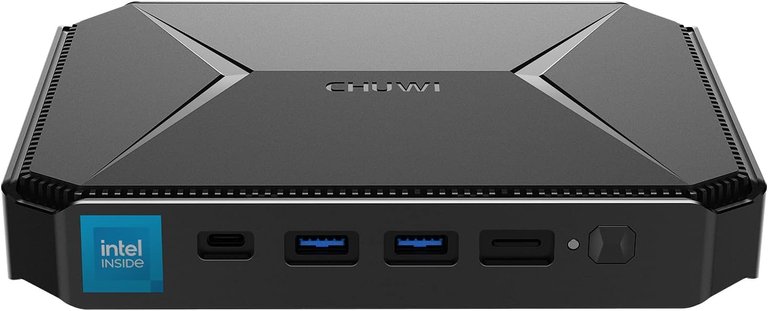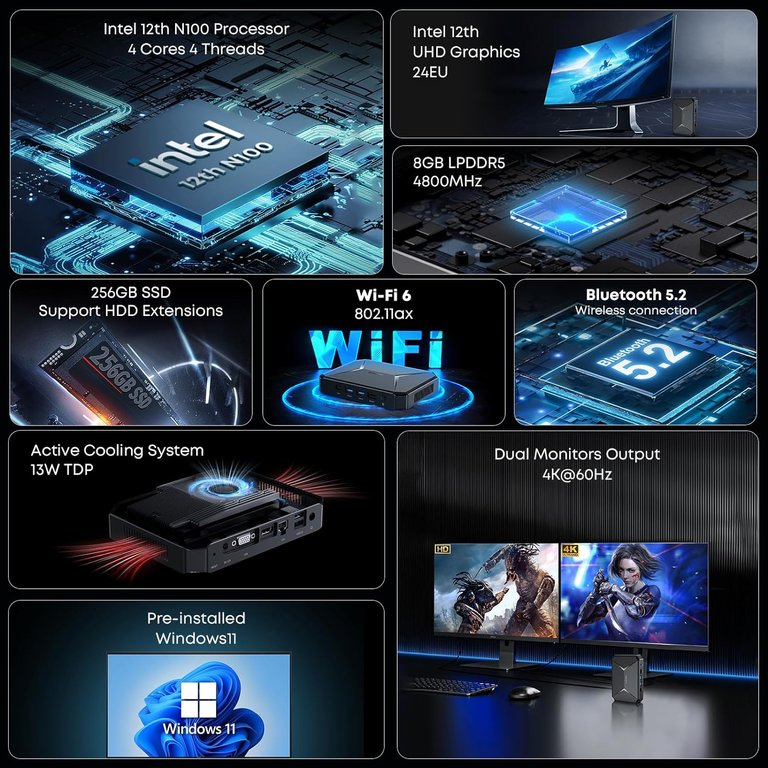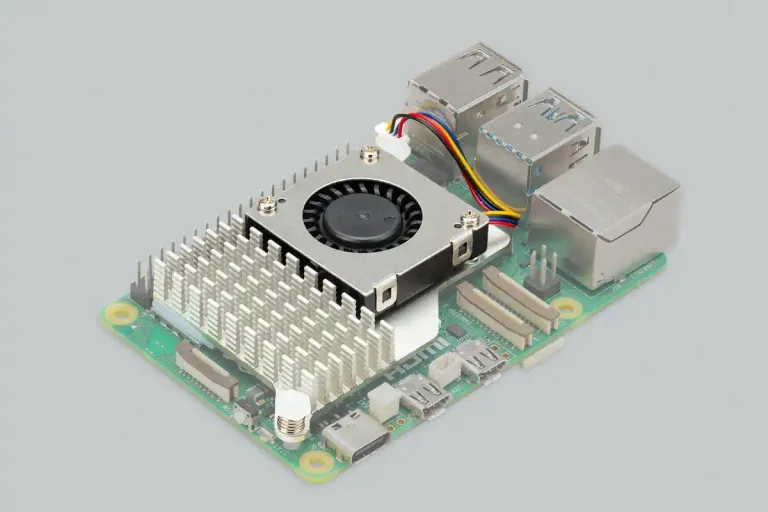
Although the Raspberry Pi foundation claims there would not be a new Pi until something like 2024, they just announced the Raspberry Pi 5. The Pi 5 is a massive upgrade from previous generations and will be available in October.
The Raspberry Pi launched in 2019 was a big improvement on the iconic but under powered credit card sized computer. While the Pi 2 and 3 served a purpose and had many uses, the Pi 4 was when the Raspberry Pi really took this form factor to a viable computer replacement. The Raspberry Pi 5 takes the Pi 4 and obliterates it.

Raspberry Pi 5 Specs
- Broadcom BCM2712 2.4GHz quad-core 64-bit Arm Cortex-A76 CPU, with cryptography extensions, 512KB per-core L2 caches and a 2MB shared L3 cache
- VideoCore VII GPU, supporting OpenGL ES 3.1, Vulkan 1.2
- Dual 4Kp60 HDMI® display output with HDR support
4Kp60 HEVC decoder - LPDDR4X-4267 SDRAM (4GB and 8GB SKUs available at launch)
- Dual-band 802.11ac Wi-Fi®
- Bluetooth 5.0 / Bluetooth Low Energy (BLE)
microSD card slot, with support for high-speed SDR104 mode - 2 × USB 3.0 ports, supporting simultaneous 5Gbps operation
- 2 × USB 2.0 ports
- Gigabit Ethernet, with PoE+ support (requires separate PoE+ HAT)
- 2 × 4-lane MIPI camera/display transceivers
- PCIe 2.0 x1 interface for fast peripherals (requires separate M.2 HAT or other adapter)
- 5V/5A DC power via USB-C, with Power Delivery support
- Raspberry Pi standard 40-pin header
- Real-time clock (RTC), powered from external battery
- Power button
There is a lot to digest here, but I'm going to talk about the big ones. The Pi 5 claims to be 2-3 times faster than the previous generation and is available in 4G and 8G versions. This unfortunately resulted in a small price jump to $60 and $80. In the past the Pi was only $35 but once the Pi 4 was announced with larger memory options, the price started at $45 for the 2GB version and $55 for the 4GB version. The Pi 3 was only available in 1GB.
The Pi 5 adds a single lane PCIe bus allowing you to connect NVME drives and even discrete graphic cards. This is a massive change that opens a lot of possibilities. Many have attempted to hack a GPU to the Pi 4 but now a reality. Even if you don't add a discrete GPU (most won't), the onboard GPU has been massively improved allowing for native dual 60fps 4K displays.
The Raspberry Pi has offered USB 3 and Gigabit Ethernet for a while, but it wasn't until the Pi 4 it was even viable, and now with the Pi 5 you can realize the theortical limits of both of these protocols. All components on the Pi 5 have been improved to allow them to reach their protocol limits, something that was virtually impossible with previous generations although the Pi 4 came close.
One thing I have noticed a lot of people getting excited for is the power switch right on the board. In the past, this has always been an issue and it took specialized power cables that included switches, although most of them didn't have this requiring you to pull the cable after you hopefully shut the device down.
Unless you need a credit card form factor, I believe the mini PC market is far more exciting these days. For $150 you can purchase something like the Chuwi Hero Box that includes 8GB DDR5 256G NVME, Intel 12th Gen CPU, WIFI 6E, and in some cases 2.5GBit ethernet ports.


I believe they both have their uses and I personally use a few of each of these. I used to use a Raspberry Pi for my 3D printer and for my TV, although both of these are no longer needed. I use Mini PC's for an OPNSense firewall supporting 2.5GBit Internet as well as a few for virtualization and docker hosts.
The Pi wins when size is important, but Mini PC's are not a lot more expensive these days although significantly larger, still quite small and in most cases ultra quiet as they tend to be fanless. Speaking of fans, the Pi 5 is the first Pi device that actually requires some form of cooling and they sell an official active cooling system for the Pi 5.

If you are considering a Pi 5, I would highly recommend the active cooler and the official pi case that is made to house them both. I think at this point, the Raspberry Pi foundation should move away from the credit card size limitation and embrace larger form factors like their competitors have, at least as an optional pro edition. With the massive supply issues they have had over the last few years, I think just keeping the Pi 5 in stock is going to be a big undertaking.
Posted Using LeoFinance Alpha

